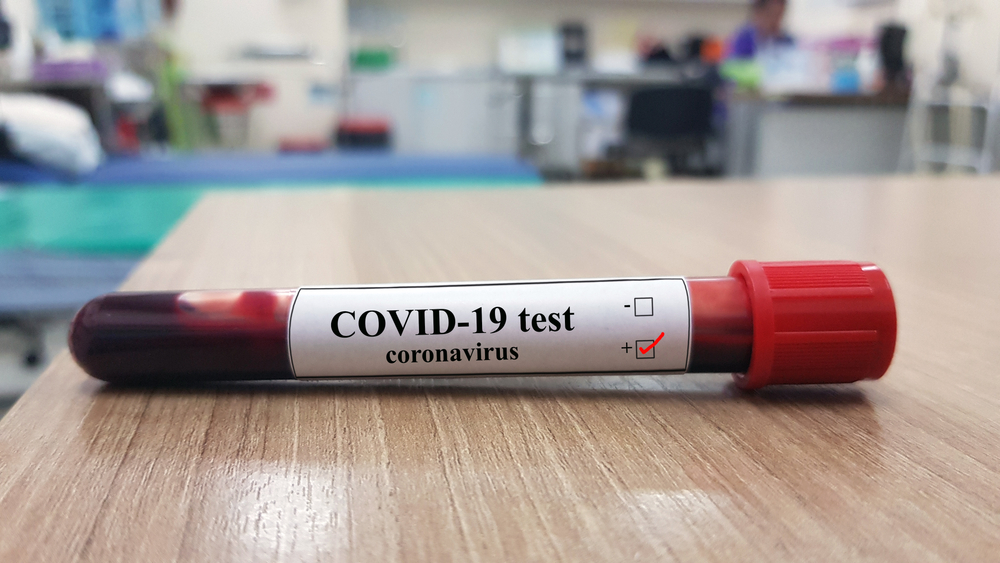
Scientists from the National Institutes of Health (NIH) published a framework in the New England Journal of Medicine this week for efforts to increase the number, quality and type of daily tests for SARS-CoV-2, the virus that causes COVID-19, to 6 million by the end of 2020.
This has taken the form of the Rapid Acceleration of Diagnostics (RADx) program, which was established with $1.5 billion of federal stimulus funding in April. Not any test will do — that program is laser focused on simple, rapid point-of-care molecular diagnostics. Small and large companies alike can submit applications, but RADx hones in on the timelines and outcomes they can provide.
A driving force behind this push is to assist populations in the U.S. that have been disproportionately hit by the disease.
Currently, NIH notes that most COVID-19 tests detect either viral RNA or viral antigens. While sensitive and specific, they require large amounts of lab space, complex equipment to use, regulatory approval and skilled technicians to make them all work. They can take hours or days to get results, even before factoring in transport delays. Practicality demands more.
To achieve its ends, RADx is divided into four segments: Tech, Advanced Technology Platforms, Radical and Underserved Populations. The tech side is focused on identifying, accelerating, scaling and deploying innovative technologies throughout fall 2020. ATP will support scale-up efforts for more advanced technologies capable of granting immediate increases to capacity. The rad group will think outside the box, evaluating technologies with home-based potential or the repurposing of existing technologies, among other things. Lastly, the underserved populations group will create projects to boost access among vulnerable and underserved populations, with a particular eye on racial and ethnic divides. It’s all about understanding what factors have led to existing discrepancies, and overcoming.
The particular push for expanded testing by fall will be undertaken as an effort to get ahead of the seasonal flu, which will likely complicate further response to the ongoing COVID-19 pandemic.

